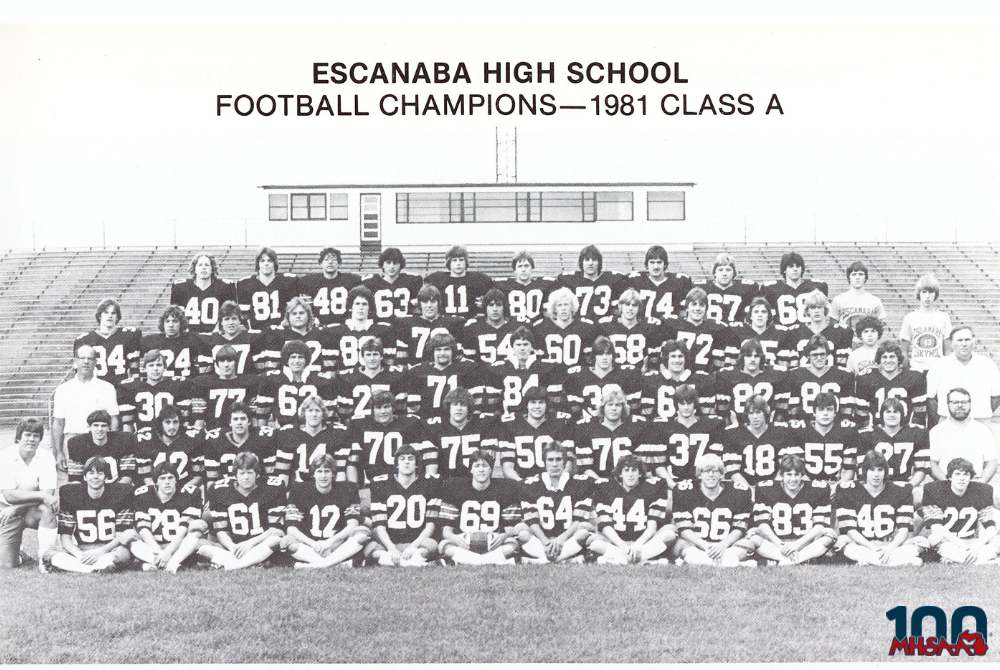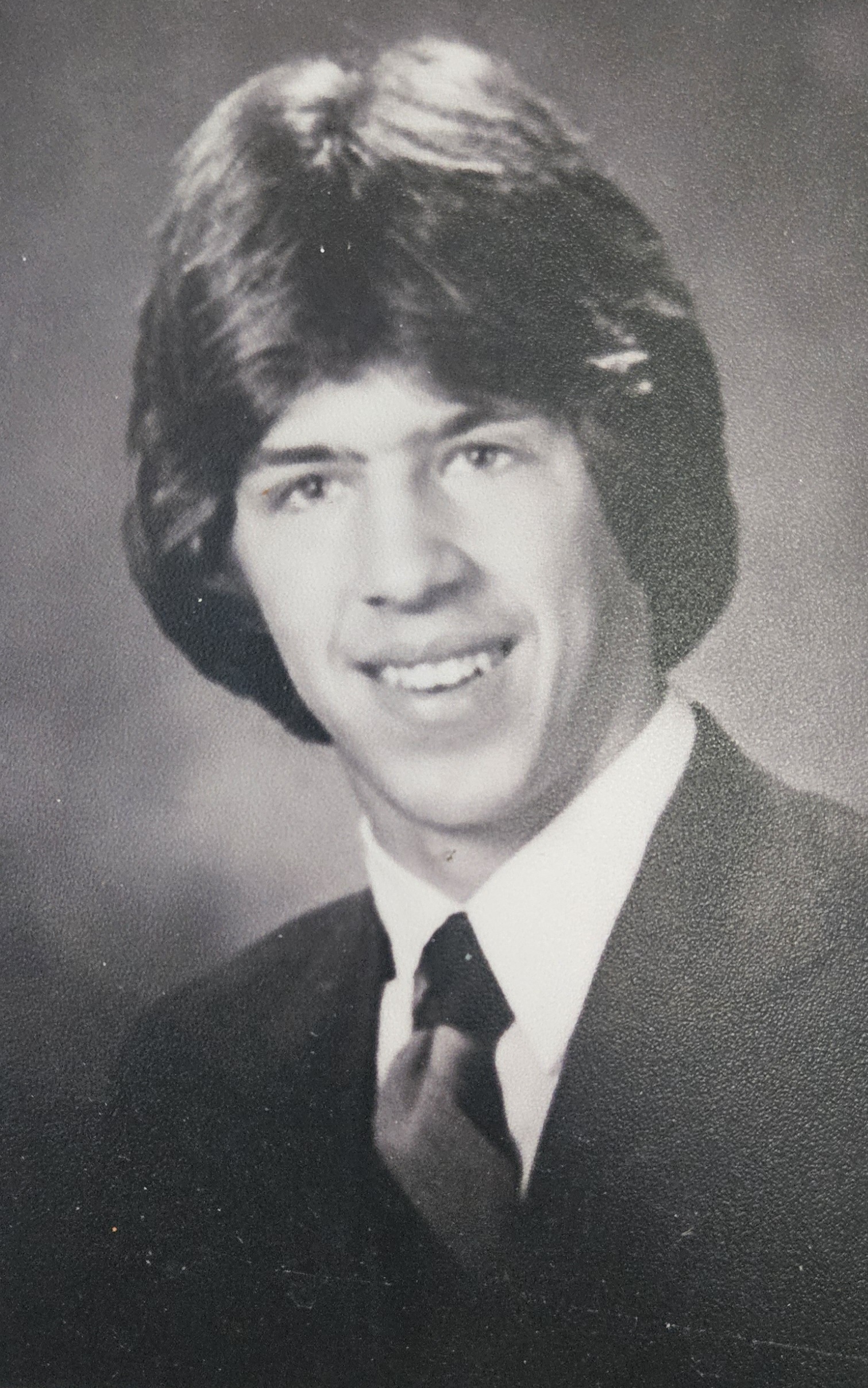
Casting Lines for Future Tournaments
August 12, 2016
By Jack Roberts
MHSAA Executive Director
The MHSAA is best known to the public for the tournaments it conducts to conclude the fall, winter and spring seasons each school year.
These tournaments, the first and largest program of the MHSAA, have survived the Vietnam War, the Korean conflict and two World Wars. They have survived the technology bubble, the housing collapse, the energy crisis and the Great Depression.
MHSAA tournaments existed at the dawn of aviation and at the time of our nation’s lunar landing. Popes, presidents and governors have changed and changed again and again, and MHSAA tournaments roll on year after year.
But the sense of tradition and permanence and inevitability of MHSAA tournaments doesn’t dissuade us from asking questions about our tournaments, even some of the most basic questions. Here are two.
Question #1
I have long been and will always be an advocate for a Ryder Cup format for the MHSAA Golf Finals, and a team tennis approach to the MHSAA Tennis Finals; but 90 years of tradition is hard to overcome. Might this be a more exciting format? Could it be co-ed? Could it reverse the decline in boys tennis participation, and increase girls golf participation? Wouldn’t it be fun to try?
Periodically, the International Olympic Committee requires each of the designated Olympic sports to defend its status, to state its case why the sport should remain a part of the Olympic program. Then, after a series or votes that retain one sport at a time, the IOC drops the sport that makes the weakest case. It does so to make room for one of the previously unlisted sports that makes the best case for inclusion.
This would appear to keep the existing Olympic sports on their toes, and to keep the Olympic movement fresh and reflective of modern trends in sports.
While I would not enjoy the controversy, I can see the potential for some positive results if the MHSAA were to invoke the same policy for determining the 14 tournaments it will provide for girls and the 14 for boys.
This might cause us to consider more deeply what a high school sport should look like, or at least what an MHSAA tournament sport should stand for.
On the one hand, we might be inclined to drop tournaments for those sports that involve mostly non-faculty coaches and non-school venues, or require cooperative programs to generate enough participants to support a team, or resort almost entirely to non-school funding, or cater to individuals more than teams.
Or perhaps this process would cause policymakers to forget traditional thinking and ask: “In this day and age, should we shake off traditional notions of sport and consider more where modern kids are coming from?” That might mean fewer team sports and more individual sports, more “extreme” sports like snowboarding and skateboarding, and more lifetime sports, meaning not just golf and tennis and running sports, but also fishing and even shooting sports.
Currently, MHSAA policy states that the MHSAA will consider sponsorship of a tournament series for any sport which 64 member schools conduct on an interscholastic basis as a result of action by the governing boards of those schools.
Should the only question be how many schools sponsor a sport, or must an activity also have certain qualities and/or avoid certain “defects?” What should an MHSAA tournament sport look like and stand for?
Question #2
Bristling from criticism that his association is a money-grabbing exploiter of children, my counterpart in another state said, “If we were running our programs just to make money, we would do very many things very differently.” I knew exactly what he meant.
Because we care about the health and welfare of students, because we mean what we say that the athletic program needs to maximize the ways it enhances the school experience while minimizing academic conflicts, and because we try to model our claim that no sport is a minor sport when it comes to its potential to teach young people life lessons, we operate our programs in ways that make promoters, marketers and business entrepreneurs laugh, cry or cringe.
If money were the only object, we would seed and select sites to assure the teams that attracted the most spectators had the best chance to advance in our tournaments, regardless of the travel for any team or its fan base. If money were the only object, we would never schedule two tournaments to overlap and compete for public attention, much less tolerate three or four overlapping events. If money were the only object, we would allow signage like NASCAR events and promotions like minor league baseball games.
Those approaches to event sponsorship may not be all wrong; they’re just not all right for us. And we will live with the consequences of our belief system.
During a typical school year, more than 20 percent of the MHSAA’s 2,097 District, Regional and Final tournaments lose money. Not a single site in golf, skiing or tennis makes a single penny. In no sport did every District, Regional and Final site have revenue in excess of direct expenses.
In fact, in only three sports – boys and girls basketball and football – is revenue so much greater than direct expenses overall that it helps to pay for all the other tournaments in which the MHSAA invests.
That’s right: invests. When we present our budget to our board, we talk about the MHSAA’s investment in providing tournament opportunities in all those sports and all those places that cannot sustain the cost of those events on their own. How much is this investment worth to students, schools and society?
These two are core questions that require our focus far in advance of talk about scheduling, site selection, seeding and the myriad matters that too often hijack our time and attention.

Flashback 100: Future Baseball Pro Led Escanaba's Legendary Football Title Run
November 8, 2024
The MHSAA 11-player Football Playoffs have awarded 332 Finals champions over their first 49 seasons, and the total will grow by eight later this month.
However, only 22 of those titles have been claimed by teams from Michigan's Upper Peninsula. And of those, just one came in the state’s largest division.
That honor belongs to Escanaba, which won the Class A title in 1981, marking the first and only time a U.P. team has claimed the crown in either Division 1, Class A, or Class AA.
The 1981 Escanaba team, coached by the legendary Jerry Cvengros – who would later be inducted into the Michigan High School Football Coaches Association Hall of Fame – was led by Kevin Tapani. A dynamic two-way player, Tapani starred at both quarterback and safety. The Eskymos finished the season undefeated at 12-0, outscoring opponents by a combined 345-67. They shut out six opponents and defeated Fraser 16-6 in the title game at the Pontiac Silverdome.
While Tapani excelled in football, his true passion was baseball. He was a standout in high school and went on to become a four-year starting pitcher at Central Michigan University. In 1986, Tapani was selected by the Oakland A’s in the second round of the MLB Draft. He went on to enjoy a successful 13-year career in the majors, earning a 143-125 record, with a 16-9 season in 1991 when he helped lead the Minnesota Twins to a World Series title.
In recognition of his athletic achievements, Tapani was inducted into the Upper Peninsula Sports Hall of Fame in 2012 and named one of the Minnesota Twins' 50 all-time greatest players.
The 22 U.P. teams to win an MHSAA 11-player football championship:
1975 – Ishpeming – Class C
1975 – Crystal Falls Forest Park – Class D
1976 – Crystal Falls Forest Park – Class D
1979 – Ishpeming – Class C
1979 – Norway – Class D
1980 – Munising – Class C
1980 – Norway – Class D
1981 – Escanaba – Class A
1983 – St. Ignace – Class D
1992 – Lake Linden-Hubbell – Class DD
1993 – Kingsford – Class B
1993 – Iron Mountain – Class C
1997 – Lake Linden-Hubbell – Class D
1998 – Menominee – Class BB
2000 – Iron Mountain – Division 7
2002 – Negaunee – Division 6
2006 – Menominee – Division 5
2007 – Menominee – Division 5
2007 – Crysal Falls Forest Park – Division 8
2012 – Ishpeming – Division 7
2013 – Ishpeming – Division 7
2015 – Ishpeming – Division 7
Previous "Flashback 100" Features
Nov. 1: Flashback 100: Michigan High School Baseball Trio Provide World Series Voices - Read
Oct. 25: Flashback 100: Before Leading Free World, Ford Starred for Champion GR South - Read
Oct. 18: Mercy Links Legend Becomes World Golf Hall of Famer - Read
Oct. 11: Fisher Races to Finals Stardom on Way to U.S. Olympic First - Read
Oct. 4: Lalas Leaves High School Legacies on Ice & Pitch - Read
Sept. 27: Tamer's History-Making Run Starts in Dexter, Continues to Paris - Read
Sept. 20: Todd Martin’s Road to Greatness Starts at East Lansing - Read
Sept. 13: James Earl Jones, Dickson High Hoops to Hollywood Legend - Read
Sept. 6: Pioneers' Unstoppable Streak Stretches 9 Seasons - Read
Aug. 30: Detroit dePorres Rushes to 1995 Class CC Football Championship - Read
PHOTOS (Top) Escanaba's 1981 Class A championship team, Tapani is in the second row, fourth from the right (#18). (Middle) Kevin Tapani from his Escanaba Wall of Fame Plaque. (Photos courtesy of Escanaba High School, and the MHSAA archives.)

